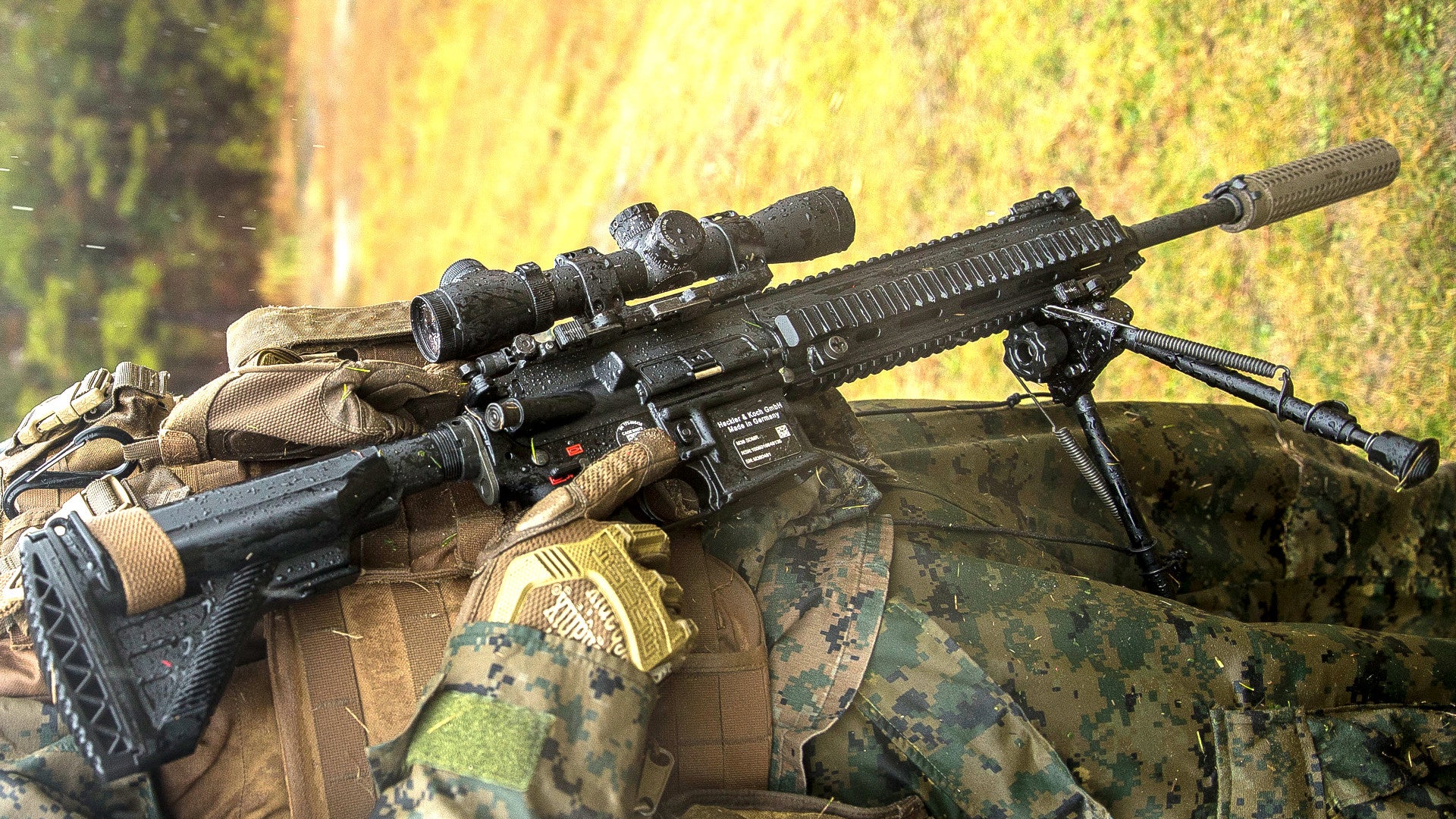The U.S. Marine Corps has quietly begun at least a limited test of a new version of its 5.56mm M27 Infantry Automatic Rifle, a specialized designated marksman variant called the M38. This is part of the service’s plans to buy and issue additional configurations of the M27, but it’s not clear how well suited the platform will necessarily be in all of its new roles.
On Dec. 8, 2017, official photographers captured the M38 rifles in the hands of Marines from 3rd Battalion, 8th Marines as they trained on a firing range at Camp Lejeune in North Carolina, which Soldier Systems was the first to spot online. The weapon’s nomenclature appears to be based on the unit designation, which had been the case with the M27. The Corps had tasked 2nd Battalion, 7th Marines with the trials of the Infantry Automatic Rifle, or IAR.
The M38 seems almost identical to the existing M27 in most respects. The underlying gun is the same variant of Heckler and Koch’s HK416 5.56mm rifle with a 16.5-inch heavy barrel. The HK416 is itself a derivative of the AR-15/M16 family. The major difference is that the German-designed rifle uses a physical piston to cycle the action rather than the original so-called “direct impingement” system, which used the gas itself.
The two Marine versions seem to differ primarily in the type of optic on top. Since 2011, the Marines have issued M27s to automatic rifleman with a Trijicon TA11SDO-CP Advanced Combat Optical Gunsight (ACOG) that has a fixed 3.5x magnification.
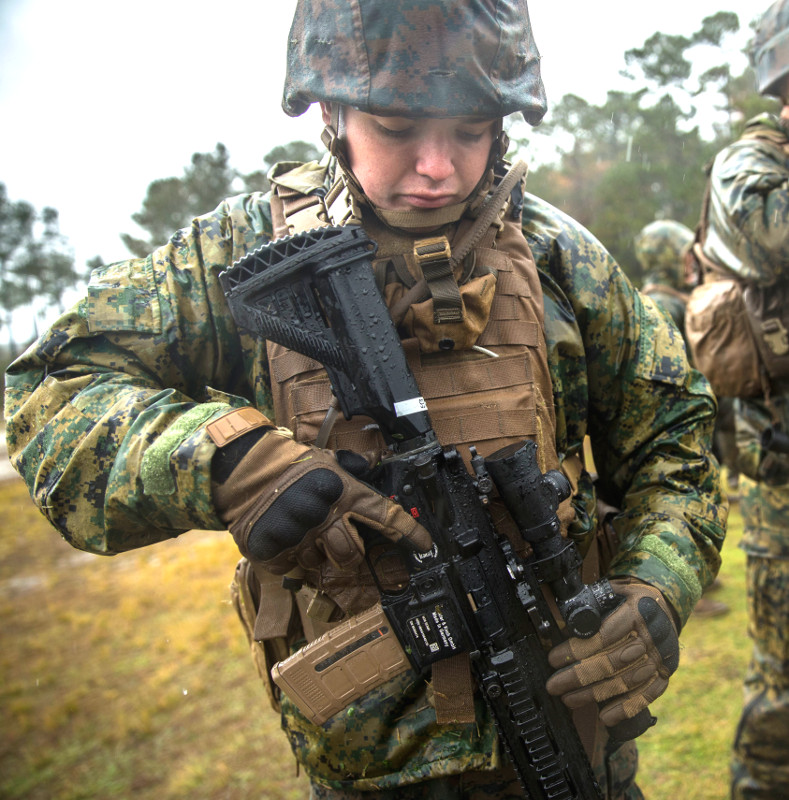
The images show the M38, at least a present, features a Leupold TS-30A2 Mark 4 MR/T scope with a variable magnification ranging from 2.5x to 8x. This will give the shooter more flexibility to find their targets and make precision shots over longer ranges, something essential for designated marksmen who look to focus their fire on priority targets during a firefight.
Each of the weapons also has a suppressor, which appears to be part of a separate Marine Corps experiment focused on more broadly issuing those devices to infantry units. The primary goal there is to reduce the noise and visual signature of small units to give them an added edge against opponents, especially at night, and to improve the ability of Marines to communicate vocally during combat.
The idea of a dedicated designated marksman rifle is hardly new to the Marine Corps. Since 1992, the service has had a series of formal requirements, starting with a desire for a more appropriate weapon for spotters in its scout sniper teams. At the time, those individuals carried standard M16A2 rifles.
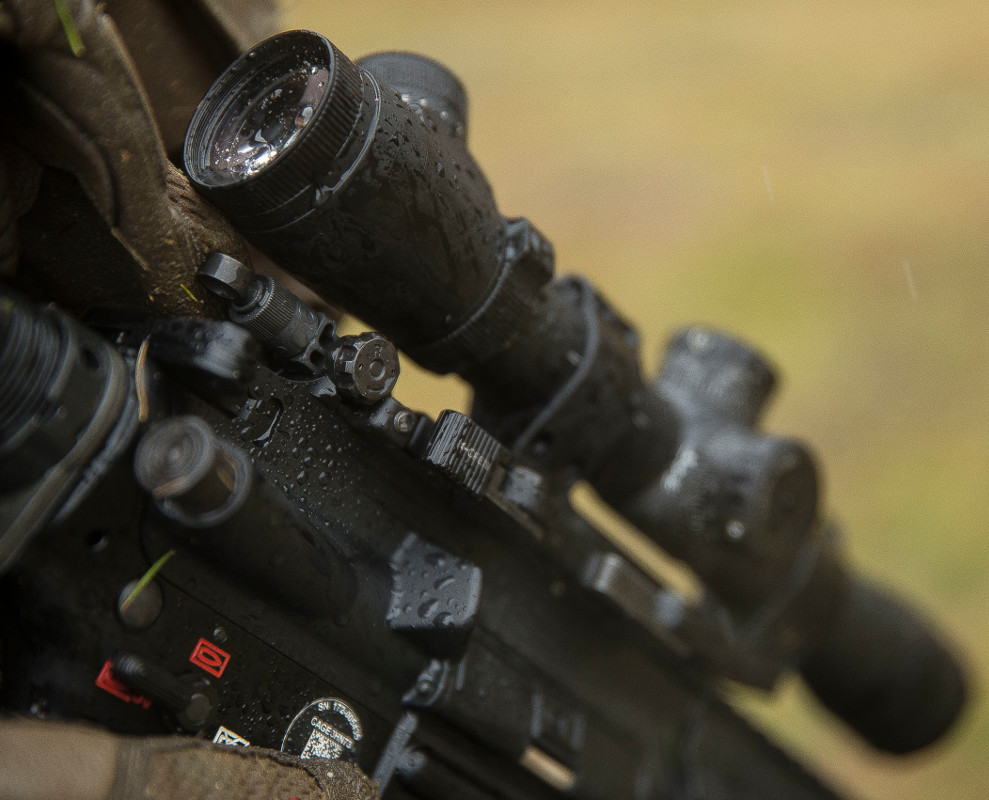
At the same time, there was a desire to give small, regular Marine infantry units the added benefits of a rifle configured for a marksman role. This need only became more pronounced in the mid-2000s as the Corps found itself heavily committed to the fighting in Iraq and Afghanistan.
In Iraq, the daily routine of patrolling in dense urban areas demonstrated a need for fast, but precision rifle fire against fleeting targets. In Afghanistan, militants often initiated engagements beyond the effective range of standard infantry weapons, especially those without magnifying optics.
Repurposing the M27 with a new scope is a relatively easy way to provide this type of capability. It has a heavier and longer barrel, making it inherently more accurate at longer ranges compared to the standard M4 carbine already.

It also makes sense in the context of the Marine Corps’ overall plan to begin issuing more versions of the HK416 in general. Since at least 2016, the service has been exploring whether or not the rifle could replacement the M4 across the board. In August 2017, the Marines announced they were interested in buying up to more than 50,000 M27s for regular infantry units.
But it’s not clear how well suited the M38 will necessarily be in the designated marksman role. In 2001, the Marines began experimenting with a similar M16-based weapon known as the Squad Advanced Marksman Rifle, or SAM-R, which featured the same Leupold scope. The service also gave certain Marines unmodified M16A4 rifles with ACOG magnified optics, a far less intensive and much cheaper update over existing weapons.
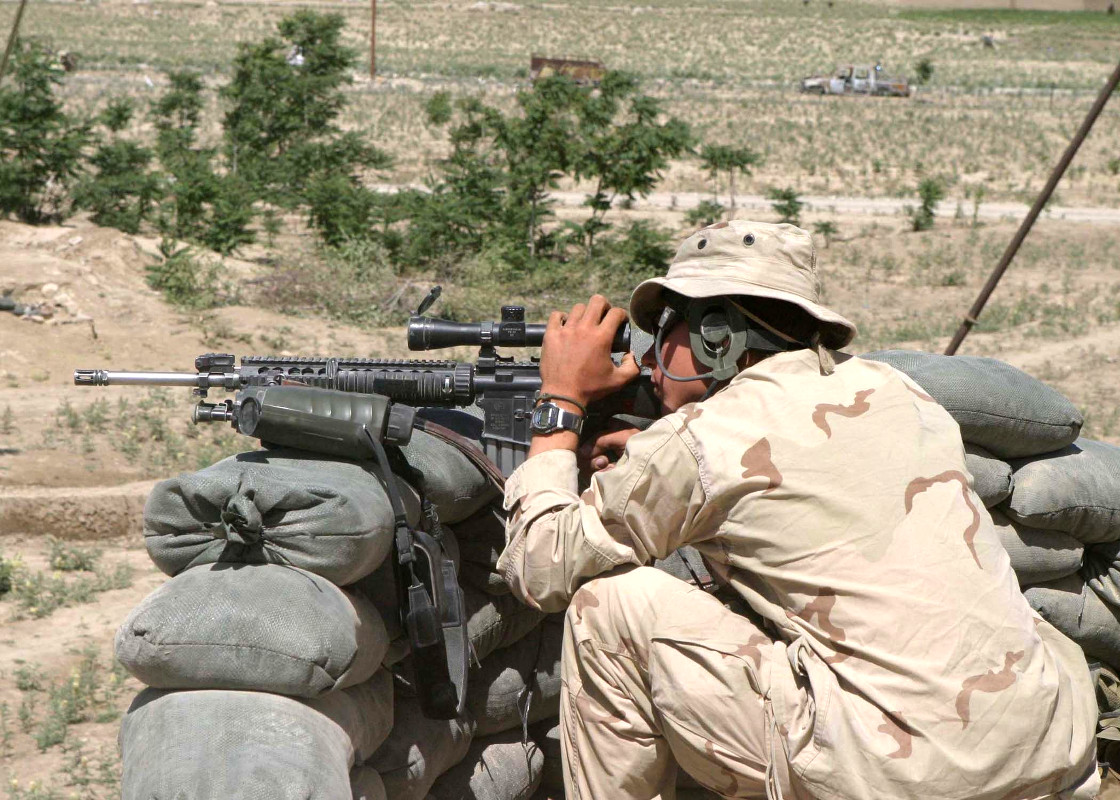
The relative success of that weapon led in many ways to the M27. The U.S. Army and U.S. Special Operations Command both developed and fielded similar “accurized” rifles based on the M16 pattern in the mid-2000s.
As time has gone on, though, there has been a growing consensus that the 5.56mm cartridge is of limited utility for precision fire, even at relatively modest ranges. This in turn led to the development and wider fielding of new and repurposed rifles firing larger rounds across the services. The Marines issued a number of rebuilt Cold War-era M14s, the last being the M39 Enhanced Marksman Rifle, or EMR, before buying the Army’s M110 Semi-Automatic Sniper System for special operators, scout snipers, and other specialized personnel.

There have also been concerns that the 5.56mm cartridge is increasingly less capable against body armor. In 2017, the Army briefly explored the idea of buying an interim 7.62mm infantry rifle, until such time as it could decide on an all time cartridge, before cancelling the effort in favor of longer term small arms projects.
Various services have also attempted to mitigate the limits of the 5.56mm cartridge by issuing specialized ammunition with heavier bullets intended for longer range shooting, but with mixed results. Soldier Systems noted that in the official photographs the Marines had set the scopes on the M38s specifically for the Mk 262 long range 5.56mm cartridge. This could help increase the capability of the weapon, but only if units received a steady supply of the rounds, which would also force them to effectively carry two different sets of ammunition.
The Marine Corps has plans to adopt the U.S. Army’s M855A1 Enhanced Performance Round (EPR) as its standard 5.56mm type, as well. This cartridge is supposed to provide better terminal performance at extended ranges over existing ammunition, but has reportedly done so at the cost of increasing the wear and tear on normal M4s. It’s not clear how well it might or might not work in the gas piston-operated M27.
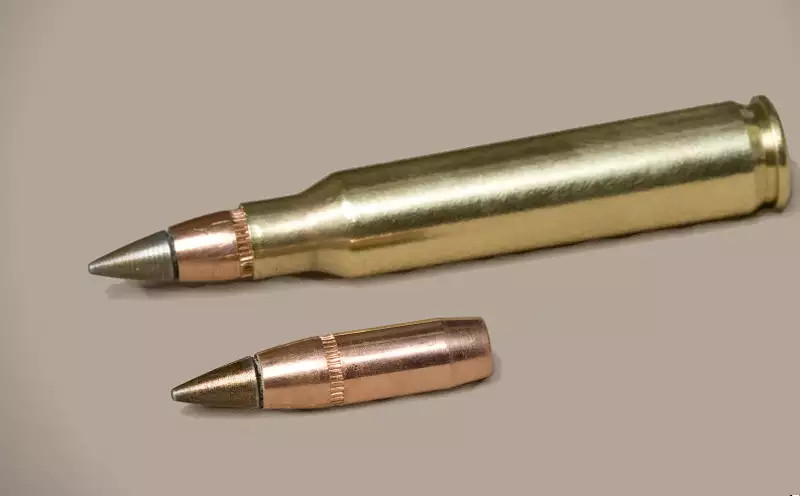
These potential issues could be significant for the Marine Corps, which has stepped up its role in Afghanistan again as part of a renewed push by U.S. forces to aid that country’s security forces against insurgents and terrorists. Marines expect to increasingly find themselves conducting joint patrols and other operations in the country where effective fire from designated marksmen could be an especially important capability.
There is the possibility the Marines could upgrade the M38s, as well as the M27s, to fire new types of cartridges or entirely different ammunition at some point in the future. The firearms industry in the United States particularly has spent considerable effort exploring so-called intermediate cartridges, which have capabilities somewhere between 5.56mm and 7.62mm, which will work with the AR-15/M16 platform with modifications.
Another readily available option would be for the Marines to simply purchase the larger HK417 rifle, which handles in much the same way as its 5.56mm cousin, but its chambered for the larger 7.62mm round. This, however, would require smaller units to carry two entirely distinct types of ammunition and could lead to additional strain on the logistics chain, especially when it comes to resupplying small units such as squads and platoons.
Cost may be a deciding factor when it comes to any upgrades to the M38 and the Marine Corps’ broader plans to just buy more M27s, as well. Though the popularity of the HK416 platform has steadily grown within the U.S. military, the improvements mean those rifles are, on average, three times more expensive than the standard M4.

With President Donald Trump’s promises to substantially boost military budgets, the price point may be increasingly less of an issue in general. And the Marines seem to be convinced that the costs are justified, regardless.
“At first contact you have the overwhelming superiority of fire from which all the tactics evolve,” Daniel O’Donohue, then a U.S. Marine Corps major general in charge of 1st Marine Division, told Military.com back in 2016 about the capability his units had gained just with the M27. “So it starts with the fire team and the squad, if you give them a better weapon with better fire superiority, you’ll just put that vicious harmony of violence on the enemy.”
O’Donohue is now a lieutenant general and Deputy Commandant for Information. He is leading a separate push to expand the Corps’ intelligence, cyber, and information warfare capabilities.
How well Marines end up like the M38, the Corps still wants to begin issuing more M27s or related rifles in 2018. The designated marksman rifles could be the first step in turning those plans into a reality.
Contact the author: joe@thedrive.com
